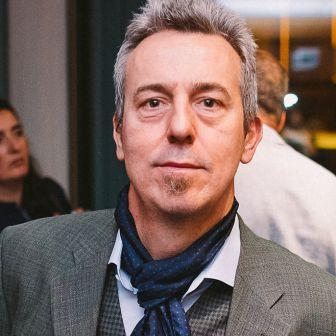Scaffolds for Bone Tissue Engineering
A special issue of Biomedicines (ISSN 2227-9059). This special issue belongs to the section "Biomedical Engineering and Materials".
Deadline for manuscript submissions: closed (15 March 2023) | Viewed by 13060
Special Issue Editors
Interests: bone tissue engineering; biomaterials; bioreactors technology; 3D printing technology; marine collagen synthesis; effect of the electro-magnetic field in osteogenesis
Interests: biomaterials; tissue engineering; regenerative medicine; preclinical animal models
Special Issues, Collections and Topics in MDPI journals
Special Issue Information
Dear Colleagues,
Bone diseases and trauma are on the rise with an aging population, cancers, and sports-related injuries. Bone tissue engineering uses scaffolds with an interconnected porosity to address the need for cell attachments, angiogenesis, nutrients, and waste transport. The scaffolds act as a “home” for cells to proliferate, remodel, and differentiate. The open channels allow cell–cell communications. Over the years, numerous scaffolds ranging from ceramics to 3D-printed bioresorbable scaffolds have been developed, and some have already been used clinically. However, there are still urgent unmet needs in scaffolds for bone tissue engineering. Bone is piezoelectric, and the present scaffolds are far from ideal. While 3D printing has enabled customization of bony defects without a mold, the biomaterial development to go along with new manufacturing methods from nano to macro still faces challenges. The purpose of this Special Issue is to gather updated research work and invite well-known researchers in interdisciplinary field to share different strategies in the future needs of bone tissue engineering scaffolds.
Prof. Dr. Swee Hin Teoh
Prof. Dr. Dietmar W. Hutmacher
Guest Editors
Manuscript Submission Information
Manuscripts should be submitted online at www.mdpi.com by registering and logging in to this website. Once you are registered, click here to go to the submission form. Manuscripts can be submitted until the deadline. All submissions that pass pre-check are peer-reviewed. Accepted papers will be published continuously in the journal (as soon as accepted) and will be listed together on the special issue website. Research articles, review articles as well as short communications are invited. For planned papers, a title and short abstract (about 100 words) can be sent to the Editorial Office for announcement on this website.
Submitted manuscripts should not have been published previously, nor be under consideration for publication elsewhere (except conference proceedings papers). All manuscripts are thoroughly refereed through a single-blind peer-review process. A guide for authors and other relevant information for submission of manuscripts is available on the Instructions for Authors page. Biomedicines is an international peer-reviewed open access monthly journal published by MDPI.
Please visit the Instructions for Authors page before submitting a manuscript. The Article Processing Charge (APC) for publication in this open access journal is 2600 CHF (Swiss Francs). Submitted papers should be well formatted and use good English. Authors may use MDPI's English editing service prior to publication or during author revisions.
Keywords
- bone tissue engineering
- 3D-printed scaffolds
- interconnected pores
- angiogenesis
- nutrients and waste transportation
- biocompatibility
- biodegradation
- piezoelectric scaffolds
- nano and macro features







